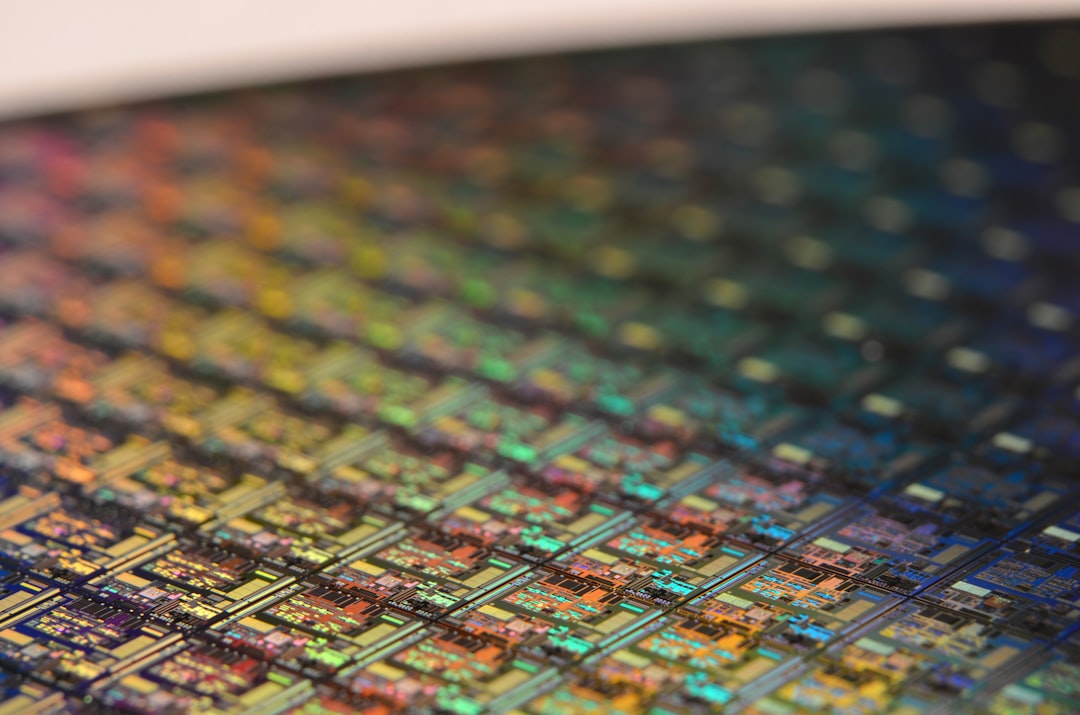What is it about?
Agrivoltaic systems, which integrate solar photovoltaics with agricultural activities, encounter challenges stemming from the fluctuating shading caused by conventional opaque crystalline silicon panels over the crops. The irregular shading creates zones where crops primarily receive diffuse irradiance rather than the complete solar irradiance available in open-field conditions, ultimately affecting crop growth. This paper explains how we can estimate the diffuse solar irradiance component reaching the crops.
Featured Image

Photo by Andres Siimon on Unsplash
Why is it important?
We have crafted a novel decomposition (also known as separation or partitioning) model specifically designed for the irradiance crucial for crops—namely, photosynthetically active radiation. This model is tailored for high-latitude regions, addressing the lack of suitable decomposition models in that area and aligning with the growing interest in agrivoltaic research in recent years. Decomposition models play a crucial role in modeling and simulating agrivoltaic systems, ensuring accurate estimates of crop yield.
Perspectives
In our research group, we aim to integrate the newly developed PAR separation model into our integrated modeling tool. This tool is designed to be able to simulate the solar irradiance reaching crops in these systems, also referred to as ground-level (or crop-level) light distribution. We will evaluate the accuracy of our PAR predictions by employing a combination of our separation and shading models across various spatial and temporal resolutions.
Silvia Ma Lu
Malardalens Hogskola
Read the Original
This page is a summary of: Photosynthetically active radiation separation model for high-latitude regions in agrivoltaic systems modeling, Journal of Renewable and Sustainable Energy, January 2024, American Institute of Physics,
DOI: 10.1063/5.0181311.
You can read the full text:
Contributors
The following have contributed to this page










